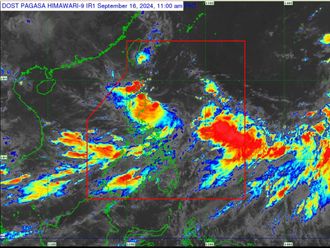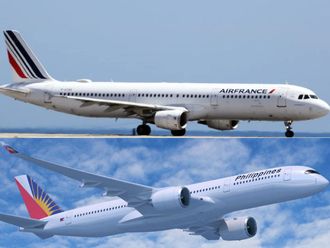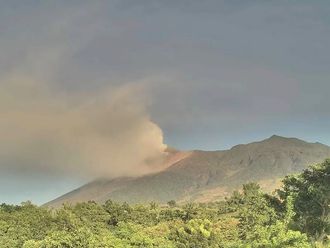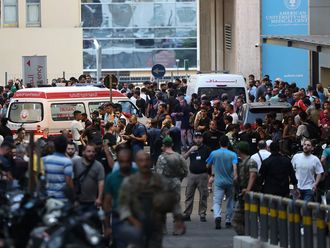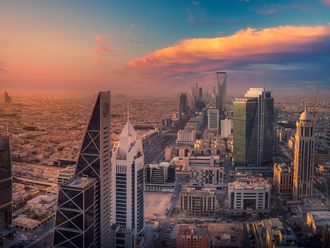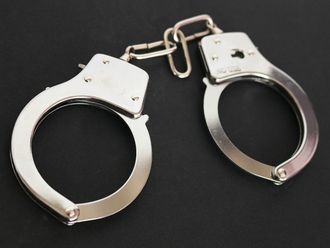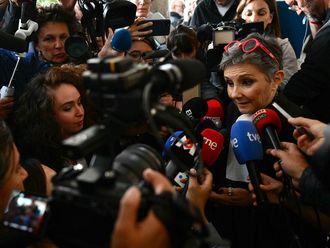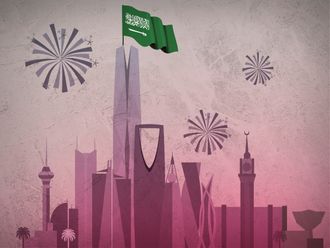Manila: Dozens were injured after police dispersed protesting rickshaw drivers for barricading a major thorougfare in Manila on Wednesday afternoon.
Police trained water cannons on protesters after they refused to heed an ultimatum for them to clear the boulevard near Manila's city hall by noon.
TV news footage showed a police truck ramming a column of motor rickshaws — locally known as kuliglig — as several protesters were roughed up and hauled to waiting police cars. A police spokesman said several officers were also hit by rocks and bottles thrown by the protesters.
Manila Mayor Alfredo Lim said the protest caused a massive jam in the city's tourist and university belt areas.
Earlier, some 500 rickshaw drivers marched from the Tondo slum area to the Supreme Court to press the justices to declare as illegal the mayor's executive order banning rickshaws from plying major thoroughfares beginning on Wednesday.
The protesters then proceeded to a plaza near the city hall. City officials who faced the protest leaders were however, firm that the mayor's orders will be carried out further fanning the rage of the demonstrators.
The protest action was the second time in two weeks.
President's intervention
Several days ago, the drivers held a rally near the presidential palace, also in Manila, to ask for President Benigno Aquino's intervention on the issue.
Lim, a retired police general before joining politics, was a staunch ally of the Aquinos. Lim was designated commander of the Manila police and later chief of the National Bureau of Investigation by President Corazon Aquino. The late former president also came out to support Lim's failed bid for the presidency in 1998.
The mayor — who is also known as Manila's "Dirty Harry" — issued executive orders 16 and 17 prohibiting rickshaws from passing through major thoroughfares as these were deemed unsafe for public transport.
In a TV interview, the mayor's chief aide said they already told the drivers that the only way for them to circumvent the law is by removing the rickshaw's single-piston, 10-horsepower engine, which was primarily designed to power small fishing boats.
"They just have to detach the engine and use pedal power and they're no longer violating the law," the official said in Filipino.
The rickshaws were originally used by fruit and vegetable traders in transporting their goods from their homes and warehouses to the main market in Manila's Binondo district.
Through the years, rickshaw drivers started ferrying passengers crowding out motorised cabs. Most — if not all — rickshaw drivers have no driving licences.
While authorities initially turned a blind eye to their existence, the Manila city government said their proliferation must be controlled since rickshaws pose hazards to commuters as well as motorists.


